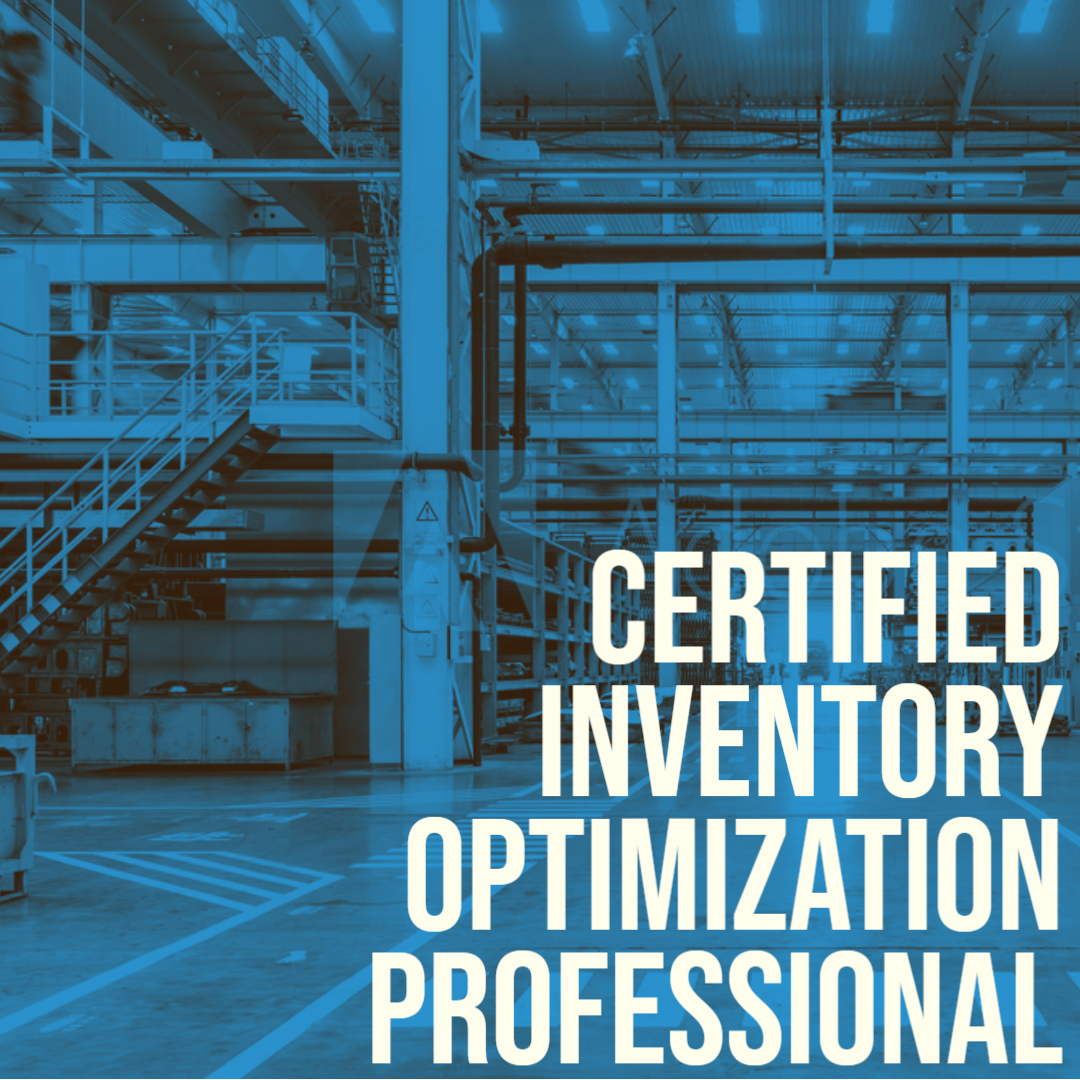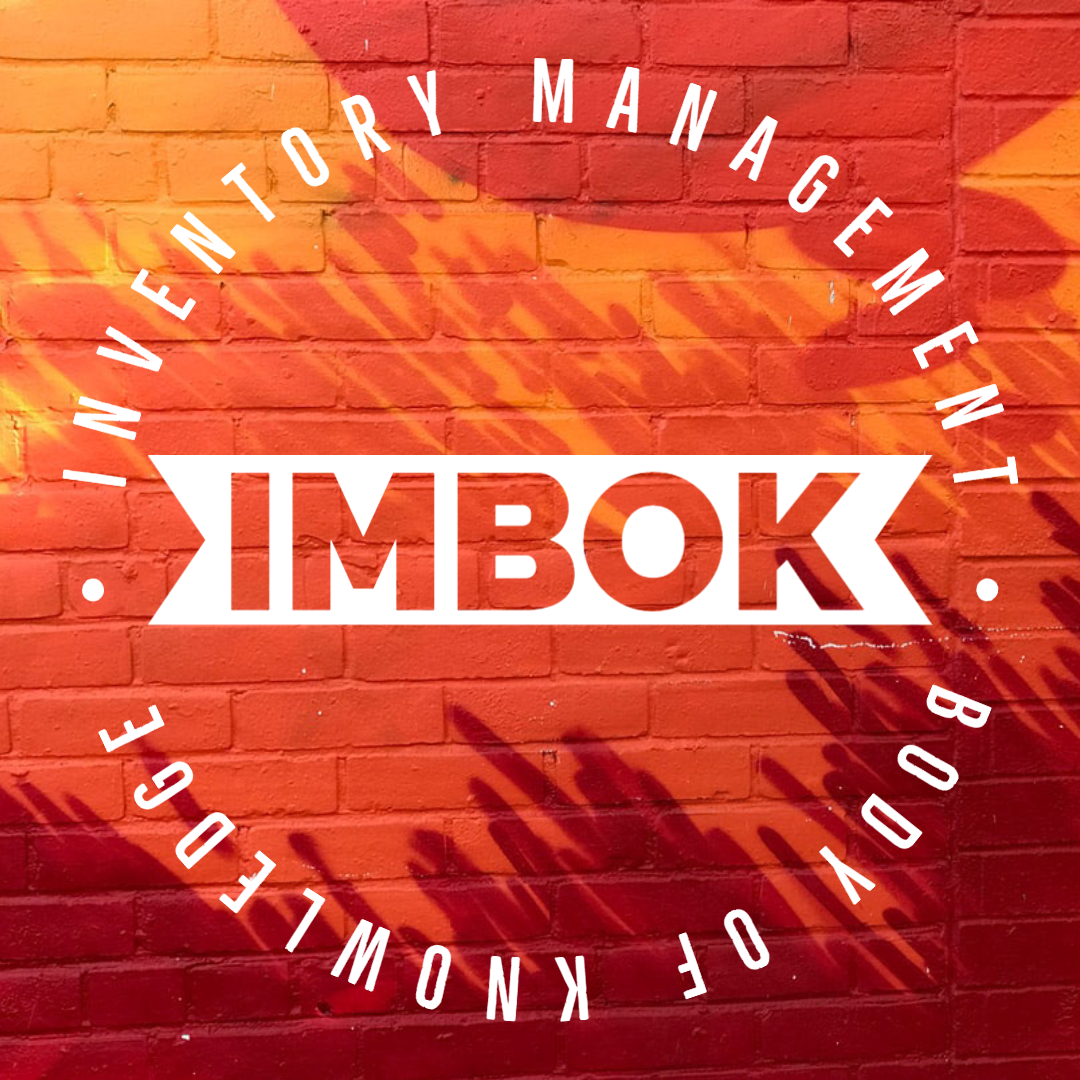Introduction: In business analysis, a requirements package is a comprehensive document or collection of artifacts that captures and communicates project requirements. It serves as a crucial reference for stakeholders, business analysts, and development teams throughout the project lifecycle. In this article, we present the top 10 best points related to requirements packages in business analysis.
Clear and Concise Documentation: A well-crafted requirements package provides clear and concise documentation of project requirements. It includes a structured format that is easy to understand, ensuring that stakeholders can quickly grasp the project's scope, objectives, and desired outcomes.
Click here to download the presentation on Top Ten Facts on Business Analysis Techniques - Business Analysis Terminology: Top 10 Best Points on Requirements Package
Comprehensive Requirements Coverage: A requirements package aims to cover all relevant requirements for the project. It includes functional requirements, non-functional requirements, constraints, and dependencies, leaving no critical aspects unaddressed. This comprehensive coverage ensures that the final solution meets stakeholders' expectations.
Stakeholder Alignment: The requirements package serves as a means to align all stakeholders involved in the project. It captures and incorporates inputs and feedback from various stakeholders, ensuring that their perspectives and needs are adequately represented.
Detailed Requirement Descriptions: The requirements package provides detailed descriptions of each requirement. It includes clear and unambiguous statements that articulate what the system or product should do, its behavior, and any specific constraints or business rules that apply.
Visual Aids: Visual aids, such as diagrams, flowcharts, and wireframes, can enhance the clarity and understanding of requirements. Including these visuals in the requirements package helps stakeholders visualize the proposed solution, promoting better communication and reducing ambiguity.
Traceability and Impact Analysis: A well-structured requirements package enables traceability and impact analysis. It establishes clear relationships between requirements, allowing business analysts to trace the origin, dependencies, and impact of each requirement. This traceability helps manage changes and assess the implications of modifications.
Requirement Prioritization: The requirements package incorporates a prioritization mechanism for requirements. It enables stakeholders to identify high-priority requirements and allocate resources accordingly, ensuring that critical features are addressed first and reducing the risk of scope creep.
Change Management: Requirements packages include change management procedures and guidelines. They provide a framework for managing requirement changes, documenting change requests, and assessing their impact on the project. This feature ensures that changes are properly evaluated and incorporated when necessary.
Review and Approval Process: The requirements package defines a review and approval process involving stakeholders and subject matter experts. This process ensures that the documented requirements are accurate, complete, and aligned with stakeholders' expectations. It enhances the quality of requirements and reduces the likelihood of misunderstandings.
Documentation Maintenance: A requirements package establishes guidelines for documentation maintenance throughout the project lifecycle. It outlines responsibilities, processes, and tools for keeping the requirements package up to date as the project progresses. This maintenance ensures that the requirements remain relevant and reflect any changes or refinements made during development.
Conclusion: A well-structured requirements package is a vital component of business analysis, providing a comprehensive and documented view of project requirements. By considering these top 10 best points, business analysts can create effective requirements packages that foster stakeholder alignment, facilitate change management, and ultimately contribute to the successful delivery of the project.
Fhyzics Business Consultants specializes in business analysis consulting, training and certification. For more details please speak to our business consultant at +91-7200439865 or email at MalathiD@fhyzics.net.
Fhyzics is an EEP of IIBA, Canada and REP of BCS, UK offering the following business analysis certifications:Certified Business Analysis Professional (CBAP)
Certification of Capability in Business Analysis (CCBA)
Entry Certificate in Business Analysis (ECBA)
Certified Enterprise Business Analyst (CEBA)
Foundation Certificate in Business Analysis
PMI Professional in Business Analysis (PMI-PBA®)
Certified Professional for Requirements Engineering (CPRE-AL)
Certified Professional for Requirements Engineering (CPRE-EL)
Certified Professional for Requirements Engineering (CPRE-FL)









